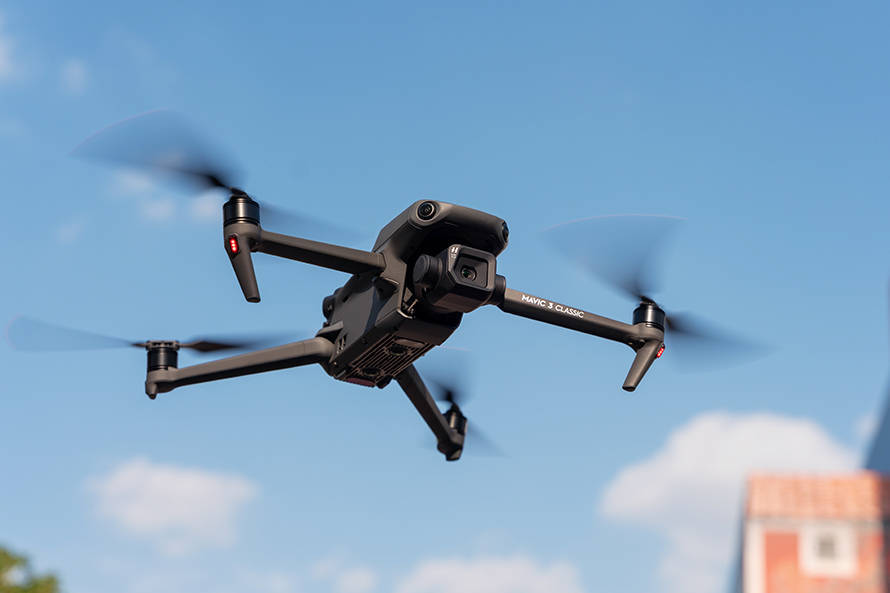Drone Cars: Pioneering the Future of Transportation
The rapid advancement in technology has led to tremendous innovations in various fields, and transportation is no exception. Enter the drone car – a revolutionary concept that combines the versatility of drones with the convenience of automobiles. This merging of technologies aims to transform how people and goods are transported, potentially reshaping urban landscapes and daily commutes. The drone car’s ability to easily switch between road travel and air transport is expected to dramatically reduce travel times and congestion, offering a promising solution to modern transportation issues.
Understanding Drone Car Technology

At its core, a drone car is designed to function both as a regular road vehicle and an aerial drone. The dual capabilities are achieved through complex engineering and software programs that allow seamless transition from ground to air. The integration of autonomous navigation systems enhances the safety and efficiency of drone cars, allowing them to operate without direct human intervention. One significant aspect of drone car technology is its reliance on electric power, making it more environmentally friendly compared to traditional gasoline-powered vehicles.
Benefits and Opportunities
Drone cars offer a myriad of advantages that can potentially revolutionize urban transportation. Firstly, they can significantly cut down travel time by circumventing traffic congestion via aerial routes. Moreover, they can reduce pollution levels due to their electric engines, contributing positively to climate change efforts. Additionally, drone cars can provide faster assistance in emergencies or deliver goods over difficult terrains where roads may not be accessible.
Challenges and Considerations
While the prospects of drone car technology are promising, there are several hurdles that must be overcome. Regulatory frameworks need to be established to ensure safe and secure operations of drone cars, particularly in congested urban areas. Infrastructure development is crucial, requiring the installation of dedicated landing and charging stations. Furthermore, the technology’s high cost currently limits widespread adoption, and advancements in battery life and efficiency remain necessary for optimal functionality.
Drone cars are defining a new era, transforming how we perceive and use vehicles.
Market Influence and Key Players
The drone car market is attracting interest from major automotive and tech companies worldwide. Industry leaders are investing heavily in research and development to secure a position within this emerging sector. Collaborations between companies may also play a crucial role in accelerating the introduction of drone cars to consumers, bringing innovative solutions to improve transportation efficiency and sustainability.
Looking Ahead: The Future of Drone Cars
As technology continues to advance, drone cars are anticipated to integrate more intelligent features, including improved AI-driven systems and connectivity with smart cities. The transition from conceptual models to commercially available drone cars is fast approaching, creating opportunities for diversified applications. In the future, drone cars could redefine urban planning, necessitating changes in infrastructure and fostering innovation in various transportation-related sectors.
Frequently Asked Questions
- What are the environmental impacts of drone cars?
Drone cars, powered by electric engines, produce fewer emissions, contributing to a reduction in air pollution and supporting sustainable transportation initiatives. - How do drone cars navigate safely?
Drone cars employ advanced autonomous systems equipped with sensors and GPS technology to ensure safe navigation both on the ground and in the air. - What infrastructural changes are needed for drone cars?
Dedicated landing pads, charging stations, and updated regulatory policies are essential for the widespread implementation of drone car technology.